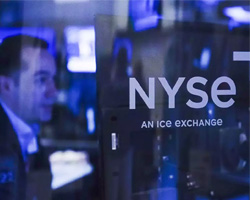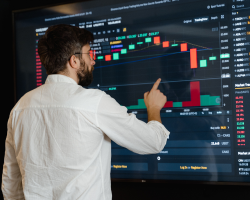Crypto vs. Stocks: Which Offers Better Trading Opportunities?
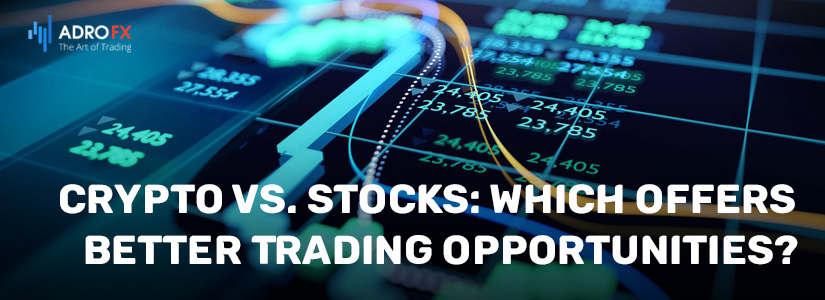
In recent years, the financial landscape has seen a proliferation of asset classes, with cryptocurrencies emerging as a prominent addition, boasting a collective market capitalization of over $1.8 trillion. Traditional asset classes like bonds, commodities, stocks, and indices continue to hold sway. In this comparison between crypto and stocks, we'll weigh the advantages each offers for your trading endeavors.
Let's commence with a brief overview of these two asset categories.
Cryptocurrencies: A Digital Revolution
Cryptocurrencies, a concept decades in the making, became a reality in 2009 with the advent of Bitcoin, introduced by the mysterious Satoshi Nakamoto. Since then, the crypto realm has thrived, hosting over 18,000 digital currencies with a combined market cap exceeding $1.8 trillion.
Cryptocurrencies encompass diverse categories, from peer-to-peer digital coins like Bitcoin and Litecoin to privacy-focused tokens such as Monero, Dash, and Decred. Meme coins, exemplified by Shiba Inu and Floki Inu, add an element of pop culture. Furthermore, digital governance tokens like UNI, LINK, and AAVE have gained prominence. Cryptocurrencies also differentiate between proof-of-work (PoW), which involves mining via complex mathematical challenges, and proof-of-stake (PoS), which relies on validators for coin creation.
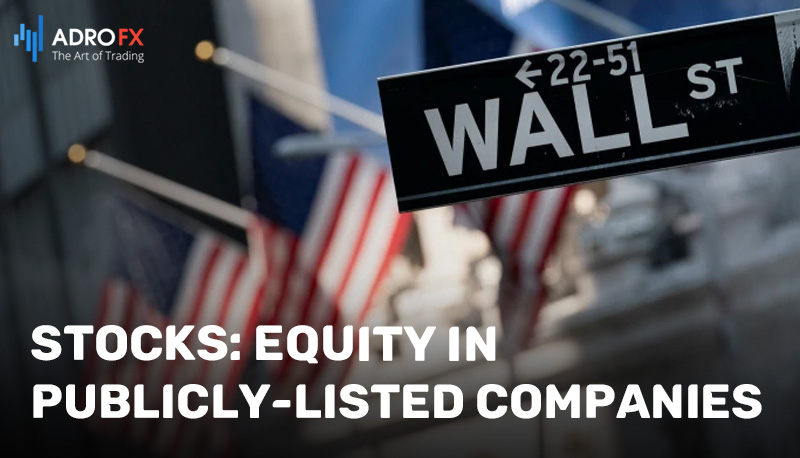
Stocks: Equity in Publicly-Listed Companies
Stocks represent ownership shares in publicly-listed companies, which go public to raise capital from a broad investor base. These shares are traded through online brokers like Robinhood and Schwab.
The number of publicly-traded companies has surged in recent years, with over 4,000 listed in the US alone. Collectively, these companies boast a market capitalization exceeding $50 trillion in the US, while the global stock market's total value exceeds $93 trillion.
Distinguishing Characteristics: Stocks vs. Cryptocurrencies
To differentiate between stocks and cryptocurrencies, consider key distinguishing factors:
- Ownership
Stocks convey ownership in a company, granting shareholders a stake in the firm's fortunes. Conversely, cryptocurrencies do not represent ownership in any entity. - Profit Participation
Stock ownership typically entitles shareholders to a portion of the company's profits, distributed through dividends or share repurchases. In the cryptocurrency realm, profits are realized primarily through price appreciation or staking rewards. - Regulation
Stocks are subject to stringent regulations, especially in the US, where the Securities and Exchange Commission (SEC) oversees publicly-traded companies, requiring them to provide comprehensive disclosures to shareholders. Cryptocurrencies operate in a relatively loosely regulated environment, often with undisclosed creators and a global presence, facilitated by the ease of listing on major exchanges.
In conclusion, the choice between trading stocks and cryptocurrencies depends on your investment objectives, risk tolerance, and regulatory considerations. While stocks offer ownership, profit-sharing, and robust regulations, cryptocurrencies provide opportunities for price-based gains and often operate in a less regulated global landscape. Ultimately, successful trading in either arena requires a thorough understanding of the respective market dynamics and diligent risk management.
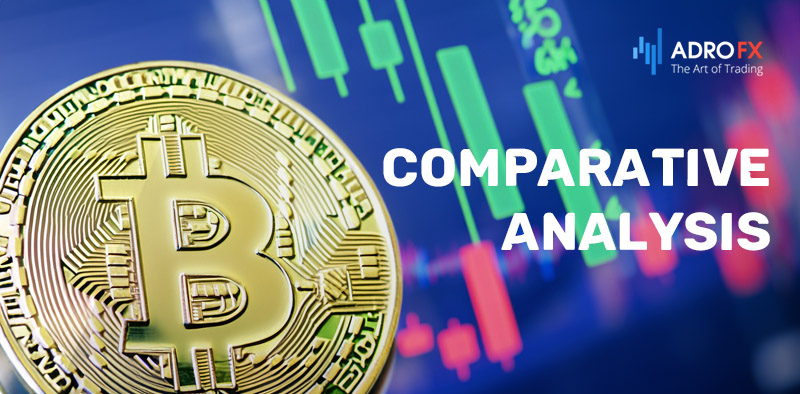
Crypto vs. Stocks Trading: A Comparative Analysis
Trading in both stocks and cryptocurrencies shares common principles and analytical approaches. Here, we explore the similarities and differences between these two trading realms, considering fundamental, technical, and price action analyses.
- Fundamental Analysis
In both stocks and cryptocurrencies, fundamental analysis involves assessing key internal data. For stocks, this may include factors like earnings and user growth. In cryptocurrencies, key metrics such as total value locked (TVL) and ecosystem growth are scrutinized. - Technical Analysis
Traders in both markets rely on technical analysis, which involves chart analysis and the use of indicators like moving averages and the relative strength index (RSI). - Price Action Analysis
Price action analysis is another shared technique, focusing on chart and candlestick formations to decipher market sentiment and potential price movements.
Trading Regulations: A Contrasting Landscape
In the realm of trading regulations, stocks and cryptocurrencies exhibit significant differences:
Stock Trading Regulations
- Pattern Day Trader (PDT): A rule that classifies traders and often requires a minimum equity of $25,000 in their trading account for pattern day traders.
- Truth in Securities Law (1933): Ensures investors receive accurate information from companies.
- Securities Exchange Act (1934): Established the SEC, introducing regulations such as corporate reporting, insider trading, and exchange registrations.
- Investment Advisors Act: Governs investment advisors, including compensation regulations.
- Other notable laws include the Sarbanes-Oxley Act, Dodd-Frank, and the Wash Sale Rule.
Cryptocurrency Regulations
Cryptocurrencies, being relatively new, face limited regulatory oversight. This lack of regulation has given rise to challenges, including scams and pump-and-dump schemes within the industry.
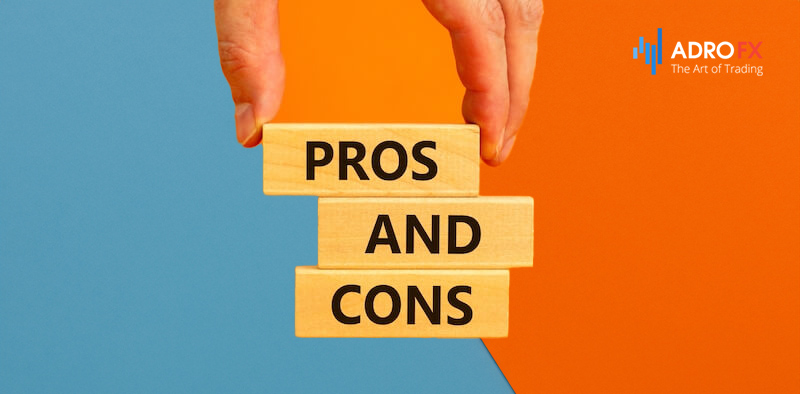
Pros and Cons: Crypto vs. Stocks
Cryptocurrencies
Cryptocurrencies offer global accessibility, enabling cross-border trading without the limitations of international stocks. The crypto market boasts a vast selection, with over 18,000 coins, providing traders with a multitude of options. Cryptocurrencies are known for their potential for higher volatility, which can translate to more substantial trading opportunities.
However, cryptocurrencies are subject to limited regulatory oversight, leading to challenges such as scams and pump-and-dump schemes within the industry.
Stocks
Stocks benefit from robust regulations that help reduce the prevalence of scams and fraudulent activities. They respond to various catalysts, such as management changes and earnings reports, offering valuable insights to traders. Public disclosures by companies ensure that investors and traders have access to comprehensive information about firms. The stock market provides a wide array of choices, spanning from small caps to mega-caps across diverse sectors of the economy. Traders can effectively manage risks through diversification strategies, which may include correlation analysis and sector diversification.
Despite the advantages, the stock market can also have its downsides, including the potential for market manipulation, economic downturns, and liquidity issues in certain stocks.
Why Stocks May Have the Edge
In several aspects, stocks hold certain advantages over cryptocurrencies. Stocks benefit from a well-established regulatory framework, which acts as a safeguard against illicit activities. Moreover, the stock market generally witnesses fewer instances of scams compared to the cryptocurrency realm. Investors and traders in the stock market enjoy access to comprehensive and reliable information about companies due to public disclosures.
Stocks offer a diverse selection of assets, encompassing companies of varying sizes and spanning across diverse sectors of the economy. This variety enables traders to implement sophisticated diversification strategies to effectively manage risk within the stock market.
In summary, while both stocks and cryptocurrencies present trading opportunities, stocks possess the edge of robust regulation, reduced scam risks, and a wealth of accessible information. Nonetheless, the choice between the two ultimately hinges on individual preferences, risk tolerance, and trading objectives. A comprehensive understanding of each market's intricacies is pivotal for achieving success in either trading arena.
Final Thoughts
In a dynamic financial landscape teeming with diverse asset classes, the decision between trading stocks and cryptocurrencies hinges on a nuanced evaluation of the advantages each offers to suit your trading objectives. Both asset classes have their unique characteristics and appeal, catering to different investor profiles.
In conclusion, the choice between trading stocks and cryptocurrencies is influenced by individual preferences, risk tolerance, and trading goals. Both markets hold immense potential, but they also come with distinct characteristics and challenges. Achieving success in either arena necessitates a profound understanding of market dynamics, diligent risk management, and a clear alignment with your investment objectives. Make informed choices to thrive in the ever-evolving world of trading.

About AdroFx
Established in 2018, AdroFx is known for its high technology and its ability to deliver high-quality brokerage services in more than 200 countries around the world. AdroFx makes every effort to keep its customers satisfied and to meet all the trading needs of any trader. With the five types of trading accounts, we have all it takes to fit any traders` needs and styles. The company provides access to 115+ trading instruments, including currencies, metals, stocks, and cryptocurrencies, which make it possible to make the most out of trading on the financial markets. Considering all the above, AdroFx is the perfect variant for anyone who doesn't settle for less than the best.


